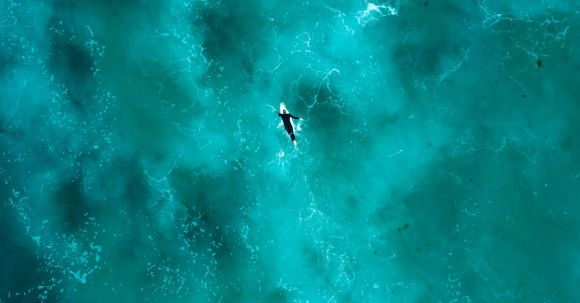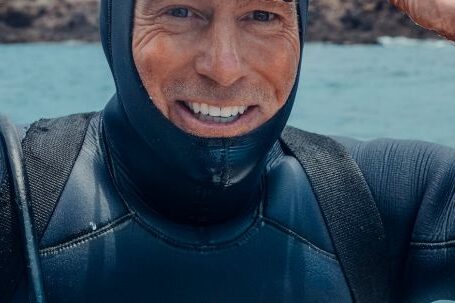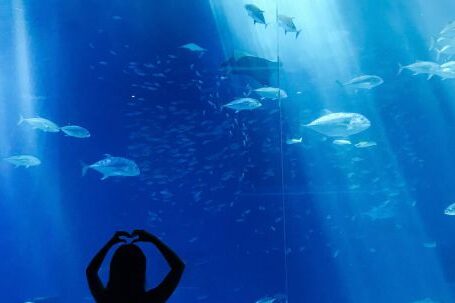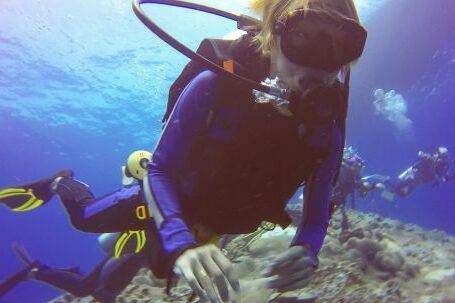Exploring the world beneath the surface of the water is a captivating experience that many thrill-seekers and photography enthusiasts are drawn to. Underwater photography allows us to capture the beauty and mystery of the underwater world, bringing it to life in stunning images. In this article, we will delve into the secrets of underwater photography, from the equipment needed to the techniques that will help you capture breathtaking shots.
Choosing the Right Equipment
Before diving into the world of underwater photography, it is important to have the right equipment. A good underwater camera is essential, as it is designed to withstand the unique challenges of shooting underwater. Look for a camera that is waterproof and has manual controls, allowing you to adjust settings such as aperture and shutter speed.
Investing in a quality underwater housing is also crucial. This protective casing will keep your camera safe and dry while allowing you to control it through the housing’s buttons and dials. Make sure to choose a housing that is compatible with your camera model.
Mastering the Art of Lighting
One of the biggest challenges in underwater photography is lighting. As you descend into the depths, the water absorbs and scatters light, resulting in a loss of color and contrast. To overcome this, it is important to use artificial lighting. Strobes or underwater flashes are commonly used to illuminate the subject and bring out its vibrant colors.
Positioning your strobes correctly is key to achieving well-lit and balanced shots. Experiment with different angles and distances to find the optimal lighting setup for your subject. Additionally, using a diffuser can help soften the harsh light and create a more natural look.
Understanding Composition and Focus
Composition plays a crucial role in underwater photography, just as it does in any other genre. Pay attention to the placement of your subject within the frame, and consider using the rule of thirds to create a visually pleasing composition. Experiment with different angles and perspectives to add depth and interest to your images.
Achieving focus underwater can be challenging due to the distortion caused by the water. To ensure sharp images, it is important to get close to your subject and use a small aperture for greater depth of field. Manual focus is often preferred over autofocus as it gives you more control and allows you to focus on the specific details you want to highlight.
Capturing Marine Life in its Natural Habitat
One of the most exciting aspects of underwater photography is capturing marine life in its natural habitat. To do this, it is important to respect the environment and the creatures that inhabit it. Avoid touching or disturbing marine life, as this can be harmful to both the animals and their delicate ecosystems.
Patience is key when photographing marine life. Take your time to observe and understand the behavior of the creatures you encounter. This will allow you to anticipate their movements and capture unique moments. Remember, the best wildlife photographs are often the result of being in the right place at the right time.
Taking your underwater photography skills to the next level requires practice, patience, and a deep appreciation for the underwater world. By mastering the equipment, understanding lighting techniques, and honing your composition and focus skills, you can uncover the secrets of underwater photography and capture breathtaking images that will transport viewers to the fascinating realm beneath the waves. So dive in, explore, and let your creativity flow in this enchanting world waiting to be discovered through your lens.





